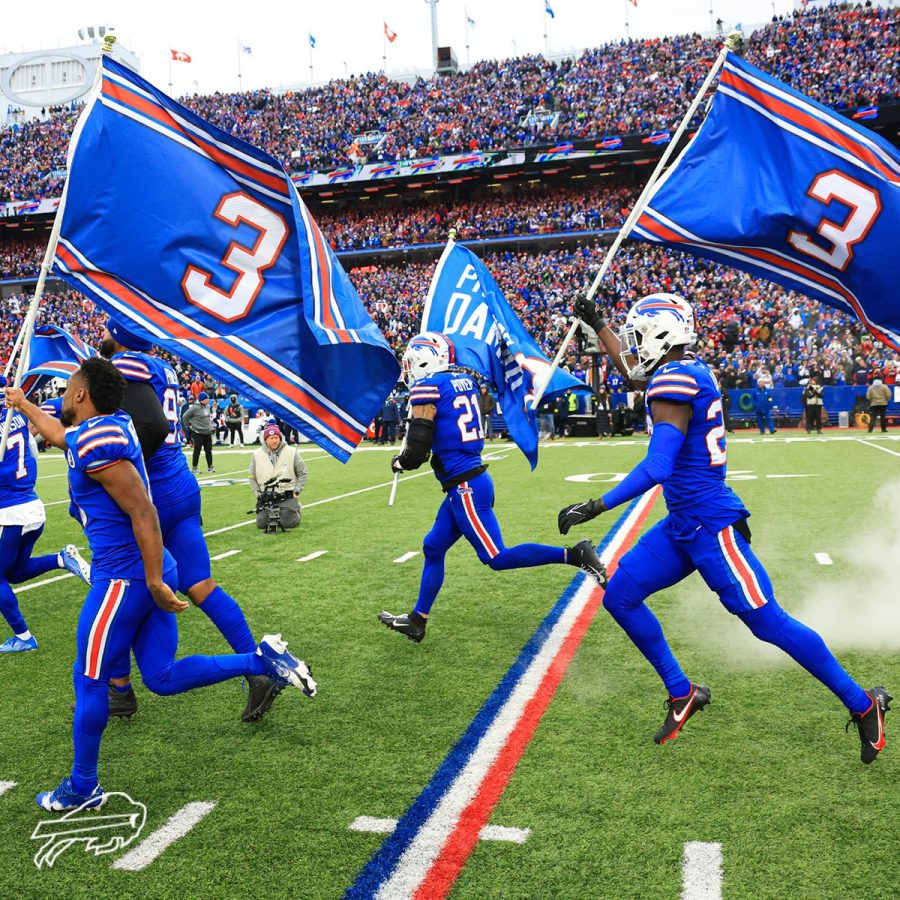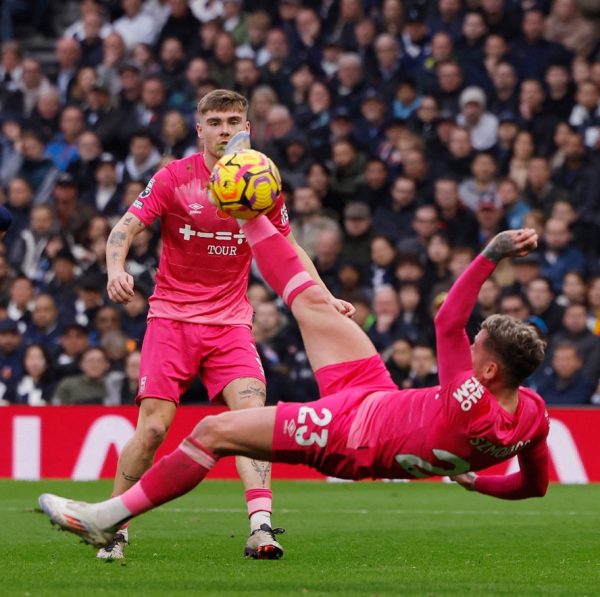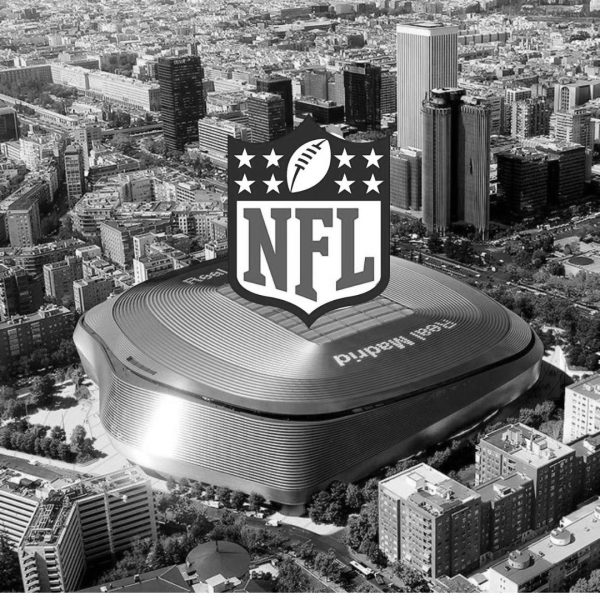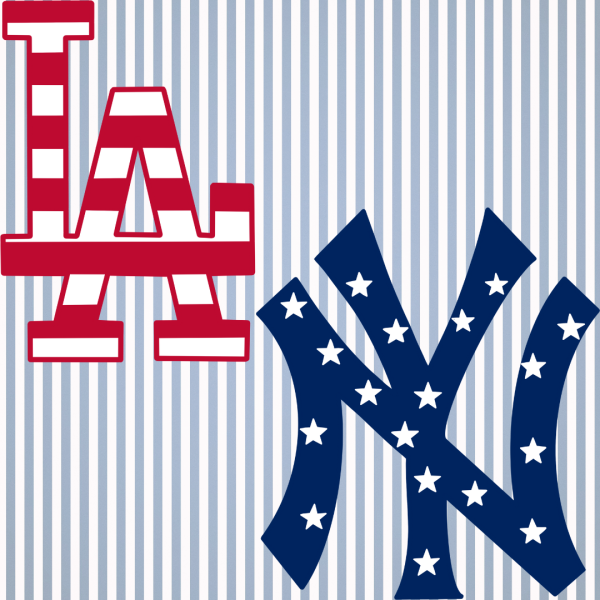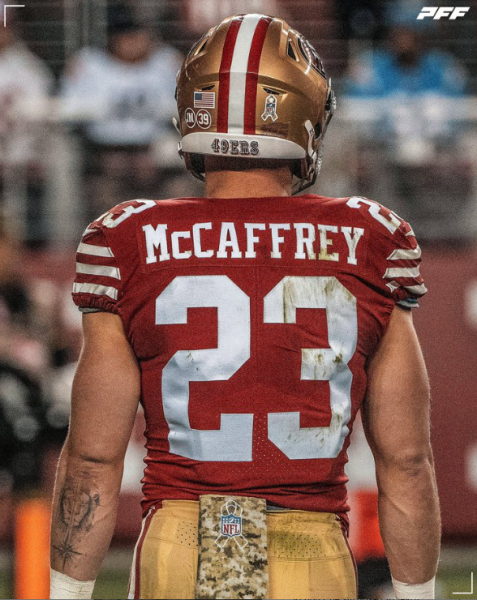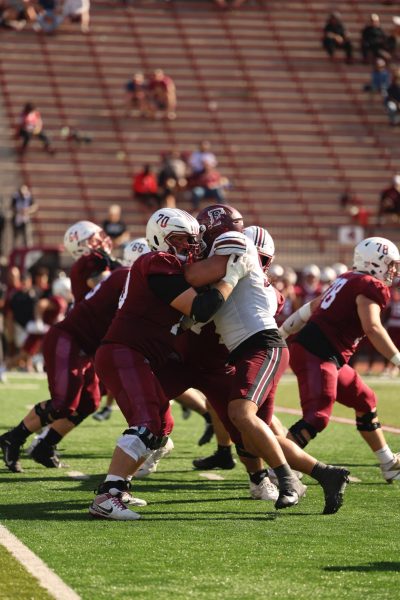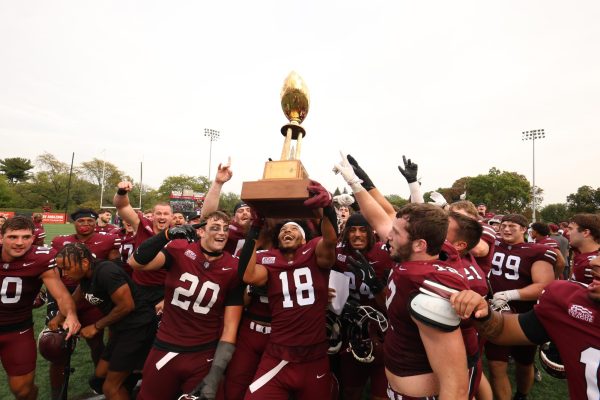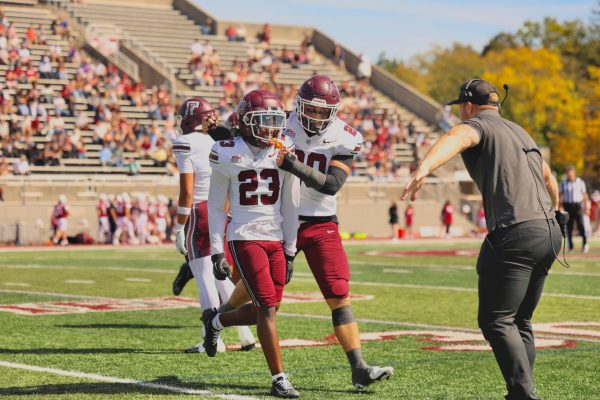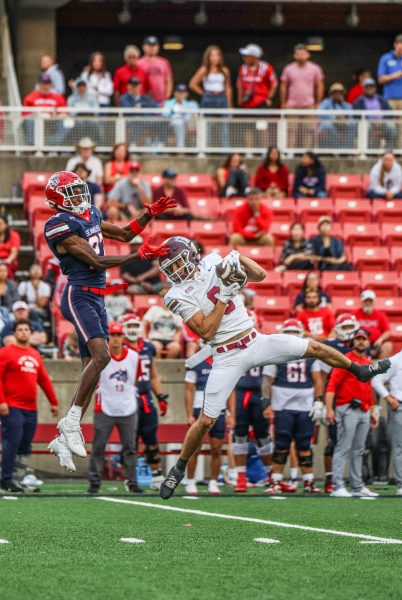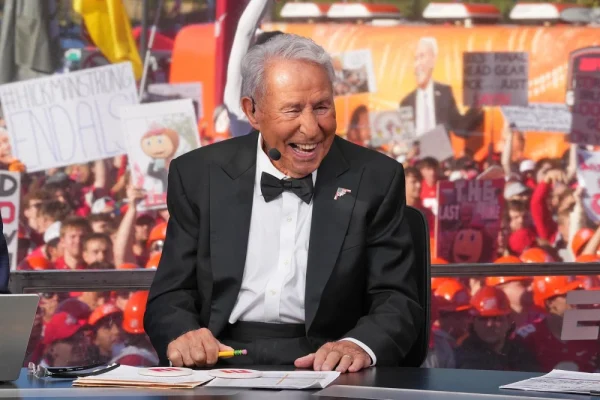The Week That Shook The NFL
Jan. 2, 2023 will forever be noted as a defining day in sports history. Buffalo Bills safety Damar Hamlin’s cardiac arrest during the final Monday Night Football game of the regular season shook our society to its core. This is not hyperbole, and perhaps more than any other day in recent memory, it has solidified the reality that athletes are not mere commodities but instead highly talented and intelligent individuals who can create societal shockwaves.
Injuries are commonplace in the NFL, but seldom do they ever become a matter of life or death. As the nation watched Hamlin fall to the ground after making a tackle on Cincinnati Bengals receiver Tee Higgins, it became apparent that this was a rare occurrence of “life or death” on the field of play. The Bills staff quickly performed CPR and ensured that Hamlin made his way to the University of Cincinnati Medical center where he would eventually begin to make an extraordinary recovery that allowed him to return to Buffalo less than a week later. The Bills-Bengals game was canceled, and the team from upstate New York was ecstatic to hear that Hamlin had begun to recover at a “remarkable” rate.
“You lose sleep. You’re hurt for your brother,” Bills quarterback Josh Allen said days after at a news conference. “A lot of shared grief but, to the question before, getting updates and positive updates eases so much of that pain and that tension that you feel.”
In the time between Hamlin’s initial injury and the Bills’ momentous win against the New England Patriots the following Sunday, we collectively saw a sports world crippled by the reality that athletes are not superhuman, and that they also take an inherent risk by stepping into the arena. Both of these truths were known by most on a practical level. Discussions regarding CTE and mental health have aided society’s understanding of “the athlete,” but there is still a subconscious tendency by many to view athletes as mere commodities that only contribute to entertainment. Football may be the most prone to this line of thinking given that players wear helmets and are on a rather large 53-man roster. In other words, one may recognize a Tom Brady or Patrick Mahomes before a Damar Hamlin simply because they have gotten more media exposure and have contributed to the league’s national image through advertisements and other mainstream forums. The events of that fateful Monday night could best be described as a “perfect storm” that forced even the most unenlightened sports fan to acknowledge something was different.
The media week that followed featured a great deal of both confusion and reflection. Typically chipper media personalities were not as joyful and somewhat sheepish to speak about the playoff race or MVP chase. Damar Hamlin was the only story that mattered, and to say otherwise was rightfully concerned “inhumane” in the eyes of the public. Ex-Pittsburgh Steelers safety and current analyst Ryan Clark, who once collapsed on the field himself, knew exactly what to say even before a week that will live in media infamy for years to come.
“Tonight, we got to see a side of football that is extremely ugly,” Clark told ESPN just hours after Hamlin’s cardiac arrest. “A side of football that no one ever wants to see or never wants to admit exists.”
This may have already been understood, but Clark later added that there is a much more tangible dynamic in play.
“And so the next time that we get upset at our favorite fantasy player, or we’re upset that the guy on our team doesn’t make the play, and we’re saying he’s worthless and we’re saying ‘you get to make all this money,” said Clark. “We should remember that these guys are putting their lives on the line to live this dream.”
Week 18 of the NFL season was highlighted by the many tributes to Damar Hamlin. The safety’s slow and steady towards recovery was exactly the news players, coaches and fans hoped for. However, the sentiment brought to the table by Clark will not be forgotten any time soon. Hamlin’s cardiac arrest was not thought to be triggered by the extent of the hit. Instead, it was caused by a combination of timing and placement. Logically speaking, this kind of incident could occur in any sport. Could a hard screen not result in a similar situation on the hardwood? Could an oddly placed hit on the ice not produce an injury akin to the one Hamlin suffered?
The situation created a platform for past and present NFL players to express themselves in a candid fashion that will ultimately pay moral dividends. There has already been chatter regarding ways that the NFL can make the game safer from this point on, a conversation that has historically taken many shapes and forms. It is not outlandish to think that the NFL Player’s Association will remember what happened to Hamlin the next time they lobby for greater player safety and an increase in financial security. The game could see internal changes as a result, and other major sports leagues might begin to talk about enhanced safety requirements as a result.
We have seen the sports world reflect on grave issues such as police brutality, mental health, domestic violence and the COVID-19 pandemic, but never before has the risk of the game itself been the root cause of this discernment. Damar Hamlin has undoubtedly moved the needle. Society can no longer see athletes as mere commodities who live isolated lives. Their individual stories and ability to impact the world around them can not be overstated. The Pennsylvania native gave every athlete a name, a face and a voice. Indeed, “it” could have happened to anyone, in any sport. However, it was a little-known safety whose injury, bravery and recovery shook up the NFL.
The first question Damar Hamlin asked when he woke up was, “Did we win?” Less than 2 weeks after his heart momentarily stopped beating, it is safe to say that Hamlin has won in more ways than can be currently counted.





































































































































































































